Key Takeaways:
-
-
Supplier relationships drive resilience by improving quality, delivery consistency, and collaboration during disruptions.
-
Trust is built through aligned goals and accountability, not just cost or speed.
-
Cross-cultural communication is critical; be clear, visual, respectful, and document everything in your ERP.
-
Factory audits are essential for validating quality, capacity, and compliance while strengthening trust.
-
Risk mitigation requires planning with detailed contracts, payment terms, backup vendors, and ERP-documented protocols.
-
ERP systems strengthen accountability by tracking performance, managing documents, and providing real-time alerts.
-
Relationships need ongoing investment through forecasting, visits, product collaboration, and supplier recognition.
-
Partnerships create strategic advantage by enabling innovation, agility, and long-term supply chain stability.
-
For batch process manufacturers sourcing from overseas markets – particularly in regions like China, Southeast Asia, and India – the difference between operational success and constant disruption often lies in the strength and sustainability of your supplier relationships. While cost and logistics play obvious roles, what truly moves the needle over time is a deep foundation of trust, aligned goals, and structured accountability.
At its best, global sourcing is not a transaction – it is a partnership. But that partnership must be nurtured with care. It takes proactive planning, clear communication, and the support of digital tools like manufacturing software and ERP systems that can scale alongside your business. These systems track performance, manage documents, and make the invisible visible – bringing clarity to complex, cross-border operations.
This guide is designed to help you move beyond transactional thinking. We break down the key pillars of supplier relationship management, covering everything from cross-cultural communication and factory audits to risk mitigation, ERP integration, and collaborative supplier development. If you’re serious about building a global supply chain that lasts, here’s where to start.
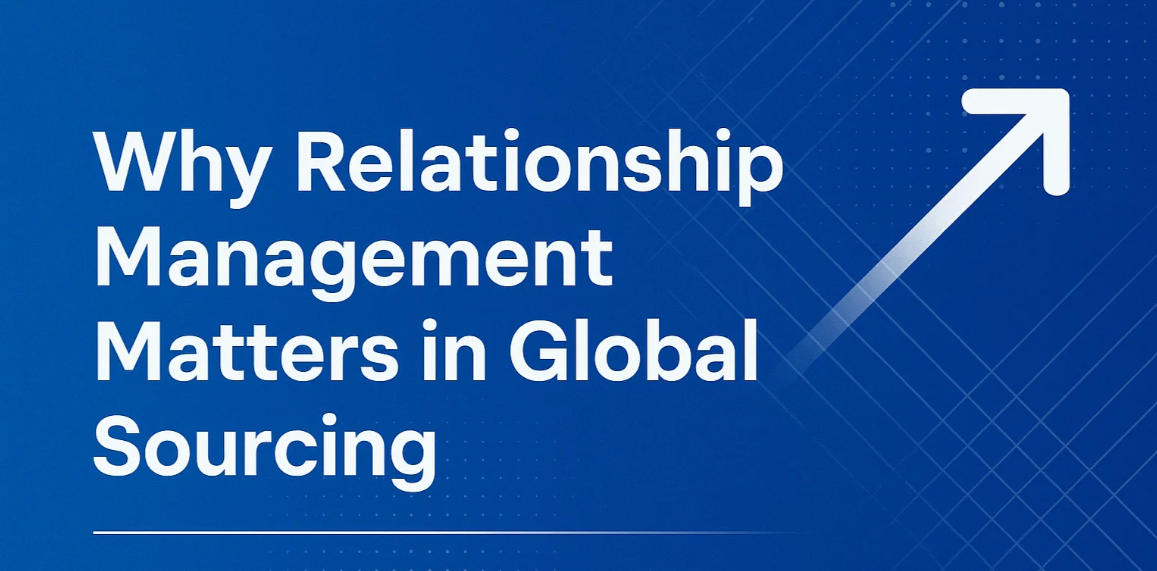
Why Relationship Management Matters in Global Sourcing
Global sourcing isn’t only about price points and shipping lanes. Long-term resilience comes from working with suppliers who understand your needs, care about your success, and are willing to evolve with you. Manufacturers that treat their vendors as short-term contractors often experience uneven product quality, delays, and misalignment in product development.
On the other hand, those who treat suppliers as strategic partners see greater consistency, better pricing negotiations, and priority access during constrained supply periods. These relationships can unlock innovation, such as sustainable packaging improvements or more efficient batch production setups tailored to your workflows.
Relationship management also makes it easier to weather challenges together, whether that’s tariff spikes, regulatory changes, or force majeure events. Building this depth of alignment takes time, but it’s made faster and more reliable when supported by ERP tools that give both sides access to shared data and performance metrics.
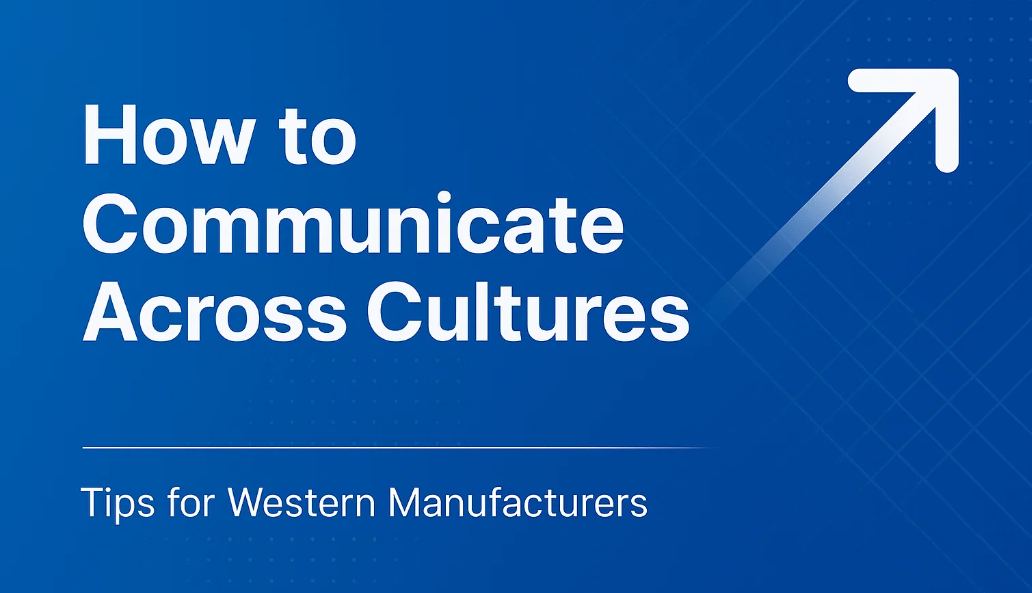
Communicating Across Cultures: Tips for Western Manufacturers
When working with suppliers in Asia or other foreign markets, it is easy to miscommunicate critical details if you rely on assumptions or informal messaging. Language and time zones are only part of the challenge. Cultural norms around hierarchy, decision-making, and feedback also play a role.
Here are some best practices to avoid misunderstandings:
- Be Direct, But Respectful
- Use short, structured emails or shared documents
- Confirm tone and intent clearly, especially during negotiations
- Avoid sarcasm or cultural references that may not translate
- Use Visual Aids
- Share labeled diagrams and packaging mockups
- Record video briefs for complex processes
- Provide examples of both acceptable and unacceptable outputs
- Confirm Understanding
- Have the supplier summarize key points back to you
- Use ERP-integrated notes to document all feedback threads
- Reconfirm specs before each PO, especially for first-time orders
- Be Mindful of Time Zones
- Schedule regular calls with rotating time options
- Allow one to two business days for feedback
- Avoid sending urgent requests without notice
- Build Rapport
- Ask about team structure or factory milestones
- Celebrate consistent performance and key deliveries
- Be personable but professional in all communication
Pro Tip:

When and How to Audit a Factory (and Why You Should)
Seeing a factory in operation tells you far more than any quote or email. Factory audits help validate your supplier’s claims around quality, capacity, compliance, and working conditions. Even when things seem fine on paper, audits often surface hidden risks that could hurt you down the line. Further, in person audits also build the interpersonal relationships that are key to a long and healthy partnership.
When to Audit:
- Before signing a long-term contract or exclusive agreement
- After production inconsistencies or late deliveries
- When introducing new formulations or equipment
- As part of ongoing vendor performance reviews
How to Audit Effectively:
- Hire a professional auditing firm such as QIMA, SGS, Bureau Veritas, or China Product Pros
- Use a customized audit checklist aligned with your ERP-driven SOPs
- Request photo and video walkthroughs, especially if travel isn’t possible
- Integrate audit results into your ERP for easy team access and future reference
A well-structured audit builds trust and shows that you’re serious about quality. Suppliers who welcome audits often value the relationship and are open to continuous improvement.
Pro Tip:
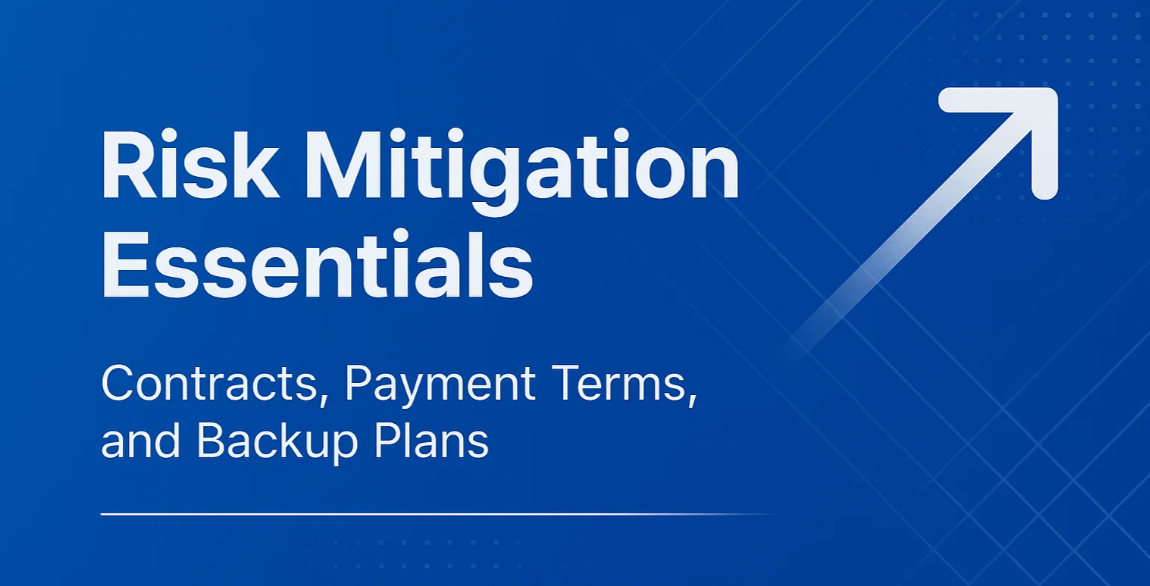
Risk Mitigation Essentials: Contracts, Payment Terms, and Backup Plans
Strong supplier relationships don’t eliminate risk, but they make it easier to manage. From shipping delays to quality control issues, things can (and will) go wrong. The goal is not to avoid all risk, but to reduce the impact through smart systems and structured contingency planning.
Risk Mitigation Essentials:
- Detailed Contracts: Include tolerances, timelines, dispute resolution terms, and required documentation
- Balanced Payment Terms: Consider split payments tied to inspection milestones (30/70 or 50/50)
- Backup Suppliers: Pre-qualify alternate vendors and store their info in your ERP system
- Escalation Protocols: Outline what happens in case of shipment failure or inspection rejection
- Force Majeure Clauses: Protect both parties against unforeseen disruptions
Pro Tip:
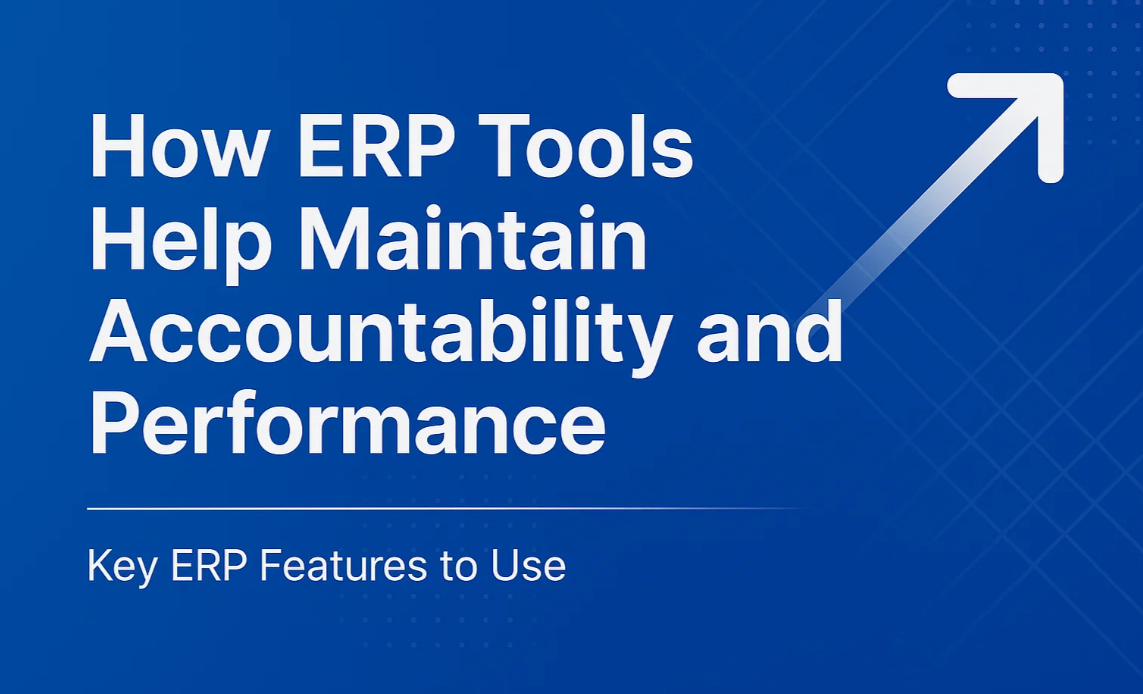
How ERP Tools Help Maintain Accountability and Performance
Even the best relationships can benefit from structure. ERP systems act as the central hub for all supplier activity, giving you a full picture of how vendors are performing across every touchpoint.
Key ERP Features to Use:
- Supplier Scorecards: Track on-time delivery rates, complaint resolution time, and defect frequency
- Document Management: Store contracts, specs, certifications, and inspection results
- Real-Time Alerts: Be notified if a supplier misses a milestone or an audit is overdue
- Collaboration Tools: Share quality checklists or packaging guidelines directly within the system
- Performance Reviews: Generate quarterly or annual reports using ERP data to guide renewals or replacements
ERP systems do more than improve compliance, they build trust. Suppliers are more likely to improve when they know how they’re being measured and feel involved in a clear process.
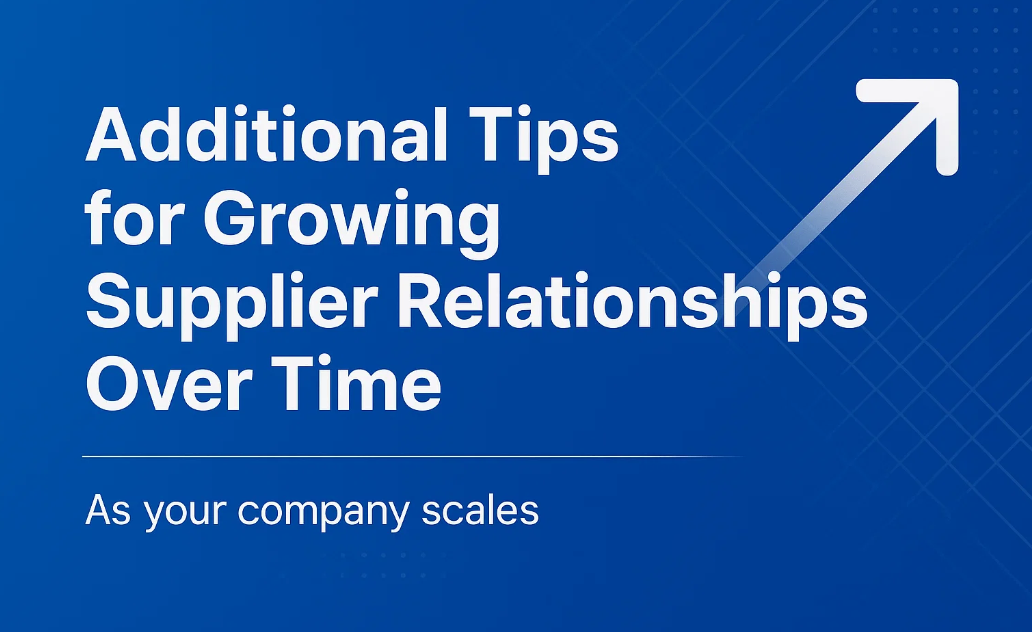
Additional Tips for Growing Supplier Relationships Over Time
If your goal is long-term stability, your supplier relationships need to evolve. As your business scales, your partners should be able to grow with you, delivering new SKUs, adapting to tighter tolerances, or helping you enter new markets.
Here are a few ways to invest in the relationship long-term:
- Provide Forecasts: Share rolling 6-month volume estimates to help suppliers plan
- Collaborate on Product Development: Bring suppliers into the innovation process for packaging or ingredients
- Visit In Person: Even one visit every 12–18 months can dramatically improve rapport and alignment
- Recognize Top Performers: Create an internal recognition or incentive system for suppliers who exceed expectations
Indicators that compliance is not sufficiently integrated into your financial systems include:
- Reliance on manual methods to track lot numbers, ingredients, or production records.
- Extended response times during mock audits or supplier verifications.
- Inability to tie financial data to batch traceability information in a seamless manner.
Pro Tip:

Build Partnerships, Not Just Purchase Orders
Your supply chain is only as strong as the partners behind it. When you invest in the human side of sourcing, through honest communication, clear systems, and shared accountability, you create the kind of trust that delivers lasting business value.
With modern ERP tools supporting supplier visibility, documentation, and performance management, batch manufacturers can create truly resilient global sourcing systems. The key is consistency- showing up, following through, and using data to grow together.
Take Action
- Update your supplier scorecards: Add metrics that reflect current priorities
- Schedule your next supplier audit: Use professional partners to ensure objectivity
- Book a discovery call with Mar-Kov: See how Mar-Kov supports your supply chain and procurement needs.
- Listen to Episode 4 of the Better Batch Podcast: How to Source & Manufacture Products from China
Frequently Asked Questions
About the Author
Peter Suddard has extensive experience working with batch process manufacturers, assisting them in scaling and enhancing their operations. His expertise lies in ensuring customer success and driving product improvements, making him a valuable resource for manufacturers aiming to grow. Peter also co-hosts the Better Batch Podcast, where he shares insights on optimizing batch manufacturing processes.

